Finalists of the 2025 Quantum Talents Symposium
The symposium is designed to bring together outstanding PhD students and early-career postdocs from all over the world to present their groundbreaking research work in the field of quantum science and technology. The symposium is also committed to increasing diversity in the field of quantum science, fostering a more inclusive and equitable environment that values the contributions of researchers from all backgrounds.
Meet the 2025 Quantum Talents Symposium finalists!
Laser-free gates for trapped-ion quantum computing
Abstract
In trapped-ion quantum computing, quantum logic gates are most commonly performed using lasers. Alternatively, gates can be performed electronically, for which the technology offers attractive features for scalability: robustness, cost and size, straight forward amplitude and phase control, and easy integration of waveguides onto surface traps. Additionally, electronically controlled trapped-ions have been used to perform the highest fidelity singleand two- qubit gates of any platform, with gate errors of 1.5(4) × 10−7 [1](this work) and 8.4(7) × 10−5[2] respectively.
In this talk, I will discuss our achievement of single-qubit gates with sub-part-per-million error rates (1.5(4) × 10−7), in a 43Ca+ hyperfine clock qubit [1], which constitutes nearly an order of magnitude improvement in fidelity over the previous best result. I will describe the calibration and error characterisation methods that led to this result, which are readily applicable to all types of physical qubits. I will also give an overview of the remaining dominant sources of error, charting a path towards even higher fidelity operations.
However, laser-free gates present a major drawback: due their short wavelength, laser beams can be focused to address individual ions confined by the same potential well, but the same approach cannot be used for electronic control. We have proposed and demonstrated methods to enable addressed,laser-free single-qubit gates [3] and entangling gate operations [4] by utilising the variation in amplitude and phase of a microwave-field across a surface trap, which I will discuss during this presentation.
[1] M. C. Smith et al., Phys. Rev. Lett., 134, 230601 (2025)
[2] A. C. Hughes et al., arXiv:2510.17286 (2025)
[3] A. D. Leu et al., Phys. Rev. Lett., 131, 120601 (2023)
[4] M. C. Smith et al., PRX Quantum, 5, 030321 (2024)
Mitigating leakage and crosstalk in high-fidelity single-qubit gates using analytical pulse shaping
Abstract
Improving the fidelity and speed of quantum logic gates is essential to reach useful quantum advantage with future superconducting quantum computers. In transmon-based quantum processing units (QPUs), the fidelity of fast single-qubit gates is often degraded by leakage to non-computational states and errors caused by microwave crosstalk. In this talk, we present improved analytical pulse shaping techniques beyond DRAG [1] to mitigate leakage errors of sub-10-ns single-qubit gates and crosstalk-induced errors of simultaneous single-qubit gates on a multi-qubit QPU. To reduce leakage errors of fast gates, we propose Fourier ansatz spectrum tuning (FAST) DRAG and higher-derivative (HD) DRAG [2] that enable a stronger suppression of leakage transitions compared to conventional DRAG pulses. Using the new methods on an individual transmon qubit, we experimentally demonstrate an error per X(π/2) gate of 1.56×10^(-4) at a 7.9-ns gate duration, outperforming conventional cosine DRAG pulses both in terms of error and gate speed. The leakage error stays below 3×10^(-5) down to a gate duration of 6.25 ns corresponding to a 20-fold leakage reduction compared to conventional pulse shapes. Furthermore, we present our recent advancements on mitigating microwave crosstalk on a multi-qubit QPU using two complementary pulse shaping techniques—HD DRAG and strongly off-resonant control pulses. We apply off-resonant HD DRAG pulses on a qubit pair with high crosstalk to experimentally demonstrate an order of magnitude reduction in crosstalk-induced single-qubit gate error compared to conventional cosine DRAG pulses. Finally, we demonstrate that the proposed pulse shaping techniques provide stable performance and scale to large-scale QPUs enabling a significant reduction in the required qubit frequency bandwidth on IQM’s Crystal-50 QPU.
Long-lived entanglement of molecules in magic-wavelength optical tweezers
Abstract
Ultracold polar molecules are a promising platform for quantum science and new quantum technologies. Their rich internal structures are ideal for densely storing quantum information and their long-range interactions provide a mechanism for information transfer. However, these properties make molecules highly sensitive to their environment, affecting their coherence and utility in some quantum-science applications.
I will discuss how we can overcome these problems by preparing molecules in an exceptionally controlled environment. We assemble individually trapped ultracold RbCs molecules [1] and transfer them into magic-wavelength optical tweezers. We encode information in the molecular rotational levels and achieve world-leading multisecond coherence times [2].
In this pristine environment, we can resolve and exploit hertz-scale dipolar interactions between pairs of molecules in order to entangle them [3]. We entangle molecules using both spin-exchange interactions and direct microwave excitation and prepare two-molecule Bell states with fidelity 0.924+0.013−0.016. This fidelity is primarily limited by leakage errors. In our experimental platform, we can detect and correct for these errors to achieve a corrected entanglement fidelity 0.976+0.014−0.016. To our knowledge, this represents the highest reported fidelity for molecular entanglement, with second-scale entanglement lifetimes limited solely by these correctable errors. I will also discuss how these entangled molecular pairs can serve as quantum-enhanced sensors of local and global perturbations.
The extension of precise quantum control to complex molecular systems will enable their additional degrees of freedom to be exploited across many domains of quantum science. In particular, long-lived molecular entanglement unlocks opportunities for research in quantum-enhanced metrology, ultracold chemistry, and the use of rotational states in quantum simulation, quantum computation, and as quantum memories.
[1] D. K. Ruttley, A. Guttridge, T. R. Hepworth, and S. L. Cornish, PRX Quantum 5, 020333 (2024).
[2] T. R. Hepworth, D. K. Ruttley, F. von Gierke, P. D. Gregory, A. Guttridge, and S. L. Cornish, Nat. Commun. 16, 7131 (2025).
[3] D. K. Ruttley, T. R. Hepworth, A. Guttridge, and S. L. Cornish, Nature 637, 827 (2025).
Entanglemons: Cross platform protected qubits from entanglement
Abstract
A crucial ingredient for scalable fault-tolerant quantum computing is the construction of logical qubits with low error rates and intrinsic noise protection. We propose a cross-platform construction for such hardware-level noise-protection in which the qubits are protected from depolarizing (relaxation) and dephasing errors induced by local noise. Our construction is based on the emergence of collective degrees of freedom from a generalized coherent state construction, similar in spirit to spin coherent states, of a set of entangled spin-1/2 units. The noise protection of the entanglemon qubit is a consequence of a weakly coupled emergent degree of freedom arising due to the non-linear geometry of complex projective space. We present two simple models for entanglemons which are platform agnostic, provide varying levels of protection and in which the qubit basis states are the two lowest energy states with a higher energy gap to other states. We highlight how entanglemons could be realized across a wide range of quantum hardware ranging from superconducting circuits and trapped ion platforms to possibly also quantum Hall skyrmions in graphene and quantum dots in semiconductors. Finally, we present a detailed proposal for the realization of such an entanglemon qubit in superconducting circuits. The inherent noise protection in our models highlights the potential of encoding information in weakly coupled emergent degrees of freedom arising in non-linear geometrical spaces, thereby proposing a different route to achieve scalable fault-tolerance.
Weaving Quantum and Classical Threads: Towards Functioning Hybrid Computing Solutions
Abstract
Quantum computers will achieve their true potential not in isolation, but in harmony with classical high-performance machines. My research develops hybrid frameworks where quantum and classical resources are woven together into a single computational fabric. In this talk, I will present recent advances in hybrid quantum-classical computing rooted in Pauli-based computation (PBC) – a model where adaptive Pauli measurements drive the quantum process, while allowing parts of the computation to be simulated classically. This theoretical framework connects hybrid approaches to underlying principles of classical simulation, enables resource-efficient implementations, and offers new perspectives on circuit compilation and device collaboration. The results presented chart a path toward a seamlessly integrated quantum ecosystem.
Majoranas in Motion: Floquet topological order on a quantum processor
Abstract
Characterizing and manipulating quantum phases of matter are central problems of both condensed matter physics and quantum information. Traditionally these phases are explored in equilibrium, but nature allows for stranger possibilities: new phases that emerge only when a system is periodically driven out of equilibrium. In this talk I will present the realization of a Floquet topologically ordered state on an array of superconducting qubits. We image the characteristic dynamics of its chiral edge modes, characterize its emergent anyonic excitations, and introduce an interferometric protocol to define and measure a bulk topological invariant. This approach allows us to probe dynamical anyon transmutation in systems of up to 58 qubits. Our work demonstrates that quantum processors can provide key insights into the thus-far largely unexplored landscape of entangled non-equilibrium phases of matter.
Quantum Simulation of Open-System Chemical Dynamics with Trapped Ions
Abstract
The properties of trapped ions make them a pristine platform for simulating the quantum dynamics of spin/electronic and spin-boson/vibronic systems in condensed matter, high-energy physics, and chemical reactions. In these systems, spins/electronic sites and bosons/vibrations can be readily encoded in the internal states of the ions and their collective vibrational modes, respectively, while their interactions can be precisely controlled using electromagnetic fields. By engineering dissipation, environmental effects can be incorporated into the dynamics, enabling studies of non-equilibrium phenomena, providing insights into how these systems behave in their natural settings, and guiding the design of robust quantum technologies. In our laboratory, we use ion-light interactions on dual-species chains of trapped 171Yb+ and 172Yb+ ions to achieve independent control over all Hamiltonian parameters describing the target systems, as well as over the properties of the environment in which they are situated. This approach enables us to experimentally realize paradigmatic models of excitation-energy transfer in condensed-phase environments, which underlie many physical, chemical, and biological processes, from redox catalysis to photosynthesis. In [1], we characterized electron transfer in a donor-acceptor system coupled to a damped collective vibration across different regimes of adiabaticity and identified optimal transfer conditions. In [2], we studied dissipative two-mode linear vibronic coupling systems, exploring charge transfer and vibrationally assisted exciton transfer. We found that the presence of multiple vibrational modes enhances transfer rates and introduces constructively interfering pathways for excitation transfer. Together, these works provide key demonstrations toward a scalable, hardware-efficient approach to using trapped-ion simulators to investigate the dynamics of realistic vibronic systems in condensed-phase environments, essential for informing the development of efficient synthetic light-harvesting devices, bioenergetics, and molecular electronics.
[1] V. So, et al., “Trapped-ion quantum simulation of electron transfer models with tunable dissipation,” Sci. Adv. 10, eads8011 (2024). DOI: 10.1126/sciadv.ads8011.
[2] V. So, et al., “Quantum simulation of charge and exciton transfer in multi-mode models with engineered reservoirs,” arXiv:2505.22729 [quant-ph]
Analog Quantum Simulation and Digital Gates with Ultracold Atoms in Optical Lattices
Abstract
In our quantum gas microscope experiment, we load fermionic 6Li atoms into optical superlattices, and image the local density and spin by performing site-resolved projective measurements [1]. I will present how the exceptional control of optical superlattices and local measurements enables us to perform analog quantum simulation [2] and realize building blocks for digital quantum computation [3, 4].
We conduct systematic experimental quantum simulations of the Fermi-Hubbard model, a key model frequently used to study the physics of high-temperature superconductivity. Using multi-point spin and charge correlators, we perform thermometry, study magnetic polarons and their interactions, and directly observe traces of moving dopants, which are signatures of the strongly correlated states. Furthermore, we identify a universal scaling behavior in magnetic and spin-charge correlations, governed by a doping-dependent energy scale consistent with the pseudogap temperature T*. Comparison with state-of-the-art numerical simulations confirms the quantitative accuracy of our analog quantum simulation [2].
In the digital approach, we implement high-fidelity collisional entangling gates with fermionic atoms in an optical superlattice, achieving Bell state lifetimes beyond 10 s and gate fidelities up to 99.75(6)%. We realize robust pair-exchange gates, enabling local characterization of spin-exchange and pair-tunneling dynamics [4]. These results demonstrate key building blocks for scalable, symmetry-preserving analog-digital hybrid quantum simulators [5, 6, 7].
[1] M. Boll, T. Hilker, F. Salomon, et al. Science 353, 1257-1260 (2016)
[2] T. Chalopin, P. Bojović, S. Wang, et al. arXiv:2412.17801. (2024)
[3] T. Chalopin, P. Bojović, D. Bourgund, et al. Physical Review Letters 134, 053402 (2025).
[4] P. Bojović, T. Hilker, S. Wang, et al. arXiv:2506.14711. (2025)
[5] F. Gkritsis, D. Dux, J. Zhang, et al. Physical Review X Quantum 6, 010318 (2025)
[6] H. Schlömer, H. Lange, T. Franz, et al. Physical Review X Quantum 5, 040341 (2024)
[7] D.K. Mark., H.H. Hu, J. Kwan, et al. arXiv:2412.13186. (2024)
Quantum Error Correction in Nearly Critical Toric Codes
Abstract
We investigate the protection and recovery of quantum information stored in the ground-state manifold of deformed toric codes, particularly as they are pushed towards a quantum critical point. Our focus is on the toric code perturbed by transverse and longitudinal fields, whose ground states are described by the three-dimensional classical Fradkin-Shenker model via the quantum-classical mapping. Using an effective replica field theory approach in the vicinity of the topological-to-trivial phase transition, we show quite generally that the intrinsic error threshold for local Pauli decoherence remains finite as the critical point is approached. Moreover, we demonstrate that this class of nonstabilizer codes can be simply and efficiently decoded by measuring the stabilizers of the unperturbed model. This property follows from the stoquastic nature of the deformed toric code Hamiltonians, which in turn allows us to formulate an optimal decoder for the postmeasurement states in terms of a constrained three-dimensional statistical physics model. We numerically implement the optimal decoder for the transverse-field toric code subjected to bit-flip decoherence and stabilizer measurements, and we find that the error threshold for this decoder remains finite throughout the topological phase.
Spectral properties and coding transitions of Haar-random quantum codes
Abstract
A quantum error-correcting code with a nonzero error threshold undergoes a mixed-state phase transition when the error rate reaches that threshold. We explore this phase transition for Haar-random quantum codes, in which the logical information is encoded in a random subspace of the physical Hilbert space. We focus on the spectrum of the encoded system density matrix as a function of the rate of uncorrelated, single-qudit errors. For low error rates, this spectrum consists of well-separated bands, corresponding to errors of different weights. As the error rate increases, the bands for high-weight errors merge. The evolution of these bands with increasing error rate is well described by a simple analytic ansatz. Using this ansatz, as well as an explicit calculation, we show that the threshold for Haar-random quantum codes saturates the hashing bound, and thus coincides with that for random stabilizer codes. For error rates that exceed the hashing bound, typical errors are uncorrectable, but postselected error correction remains possible until a much higher detection threshold. Postselection can in principle be implemented by projecting onto subspaces corresponding to low-weight errors, which remain correctable past the hashing bound.
Dirac’s Dread & Feynman’s Vision: Algorithms for Quantum Simulation
Abstract
The equations governing the behavior of quantum mechanical systems have been known for around 100 years. Yet, solving these equations is not generically possible on a classical computer and requires either an analog quantum simulator or a digital quantum computer. From the algorithmic side, two main ingredients are crucial for simulating quantum many-body systems: the preparation of suitable quantum states and their precise analysis. I present a toolbox of quantum simulation methods that allow to probe interacting quantum matter on both analog and digital platforms, and highlight recent results on quantum phase estimation that avoid controlled operations—bringing scientifically useful applications within reach of current hardware.
Pushing the boundaries of quantum dynamics with tensor networks
Abstract
Simulating the dynamics of quantum systems is a challenging task. Tensor networks stand out as a powerful tool in representing quantum states, but are limited by their entanglement content. In this talk, we present some strategies to tame the complexity stemming from time evolution with tensor networks. For one-dimensional systems, we introduce a framework that integrates stabilizer-based techniques directly into matrix product state (MPS) algorithms. These Clifford-enhanced approaches actively disentangle the state during evolution, allowing us to simulate circuit-based and Hamiltonian dynamics with efficiency and accuracy.
In higher dimensions, we leverage the belief propagation algorithm and its variants on lattice specific tensor networks. This technique allows us to keep up with the growth of entanglement in two- and three-dimensional disordered systems, and to probe universal physics, extracting a Kibble-Zurek exponent that aligns with established results.
Symposium Jury
Prof. Dr. Frank Pollmann | Technische Universität München
Dr. Petr Zapletal | Friedrich-Alexander-Universität
Prof. Dr. Robert König | Technische Universität München
Dr. Nadezhda Kukharchyk | Walter-Meißner-Institut
Prof. Dr. Johannes Zeiher | Max Planck Institute of Quantum Optics
Dr. Pascal Weckesser | Max Planck Institute of Quantum Optics
Schedule
24 November
Day 1
12:30–13:00 | Registration
13:00–13:30 | Welcome talk
13:30–14:00 | Melissa Will - Majoranas in Motion: Floquet topological order on a quantum processor
14:00–14:30 | Benjamin Schiffer - Dirac’s Dread & Feynman’s Vision: Algorithms for Quantum Simulation
14:30–15:00 | Nilotpal Chakraborty - Entanglemons: Cross platform protected qubits from entanglement
15:00–15:30 Coffee Break
15:30–16:00 | Molly Smith - Laser-free gates for trapped-ion quantum computing
16:00–16:30 | Visal So - Quantum Simulation of Open-System Chemical Dynamics with Trapped Ions
16:30–17:00 | Eric Hyyppä - Mitigating leakage and crosstalk in high-fidelity single-qubit gates using analytical pulse shaping
25 November
Day 2
09:00–09:30 | Daniel Ruttley - Long-lived entanglement of molecules in magic-wavelength optical tweezers
09:30–10:00 | Petar Bojovic - Analog Quantum Simulation and Digital Gates with Ultracold Atoms in Optical Lattices
10:00–10:30 | Filipa C R Peres - Weaving Quantum and Classical Threads: Towards Functioning Hybrid Computing Solutions
10:30–11:00 | Coffee Break
11:00–11:30 | Zack Weinstein - Quantum Error Correction in Nearly Critical Toric Codes
11:30–12:00 | Grace Sommers - Spectral properties and coding transitions of Haar-random quantum codes
12:00–12:30 | Antonio Mello - Pushing the boundaries of quantum dynamics with tensor networks
12:30–13:30 | Lunch at MPQ
13:30–15:30 | Poster Session, Networking
15:30–16:00 | Coffee Break
16:00–18:00 | Labtours, Meetings with Munich community
19:00–21:00 | Closing Dinner for Finalists, Announcement of Prizes (Gasthof Neuwirt, Garching)
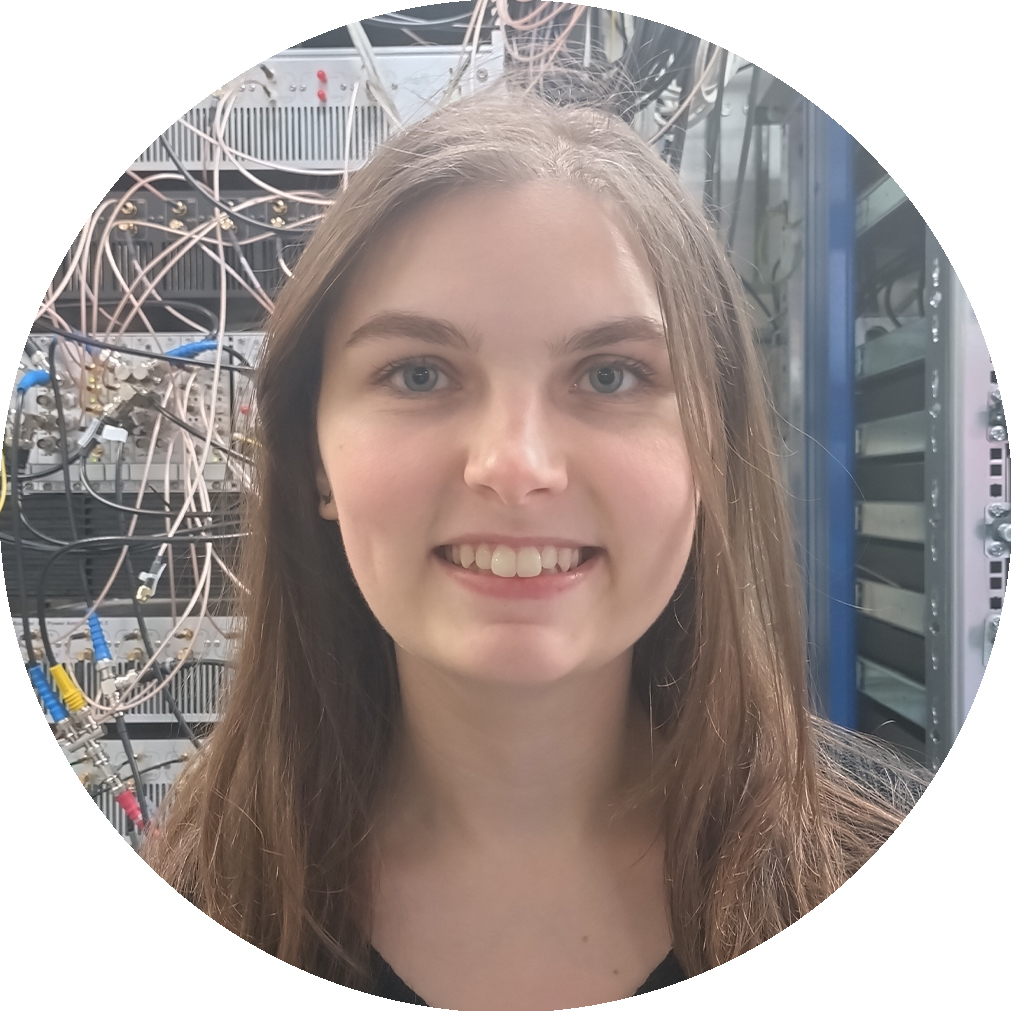
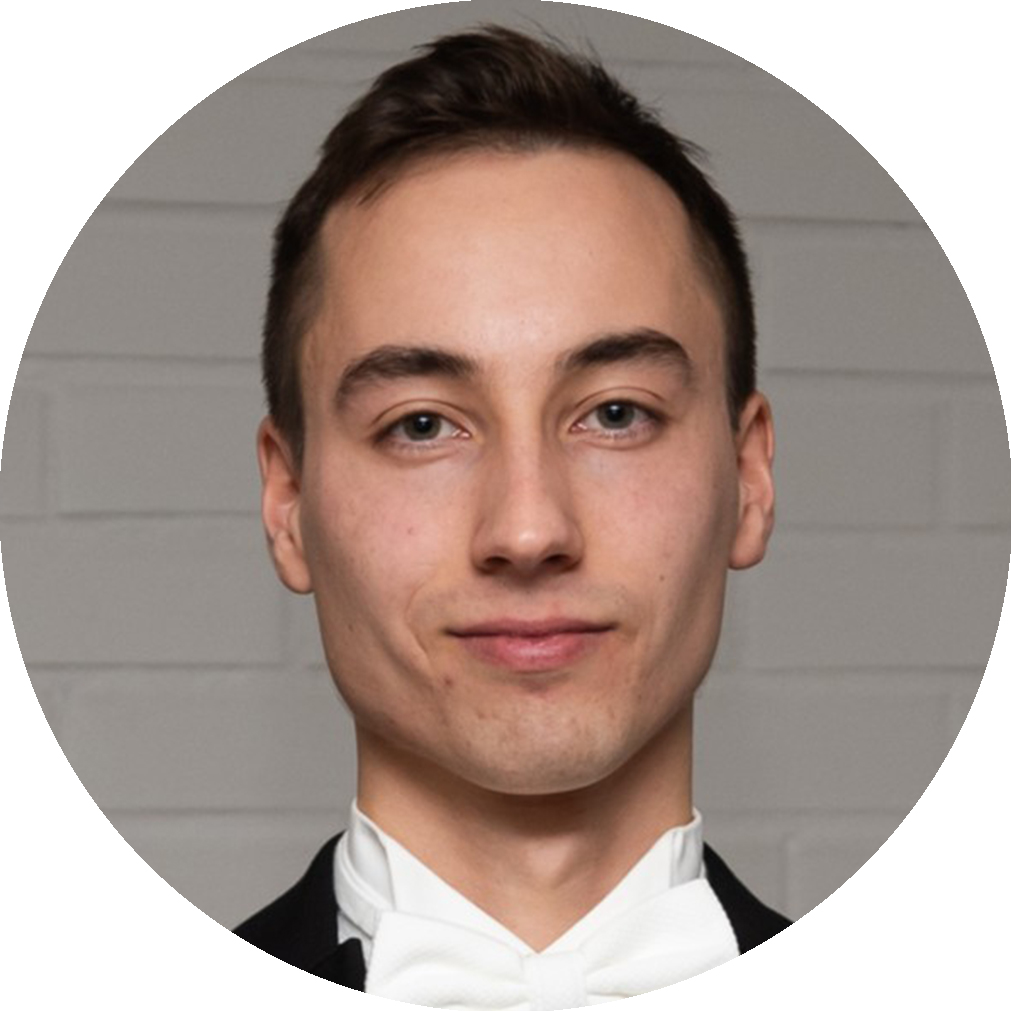
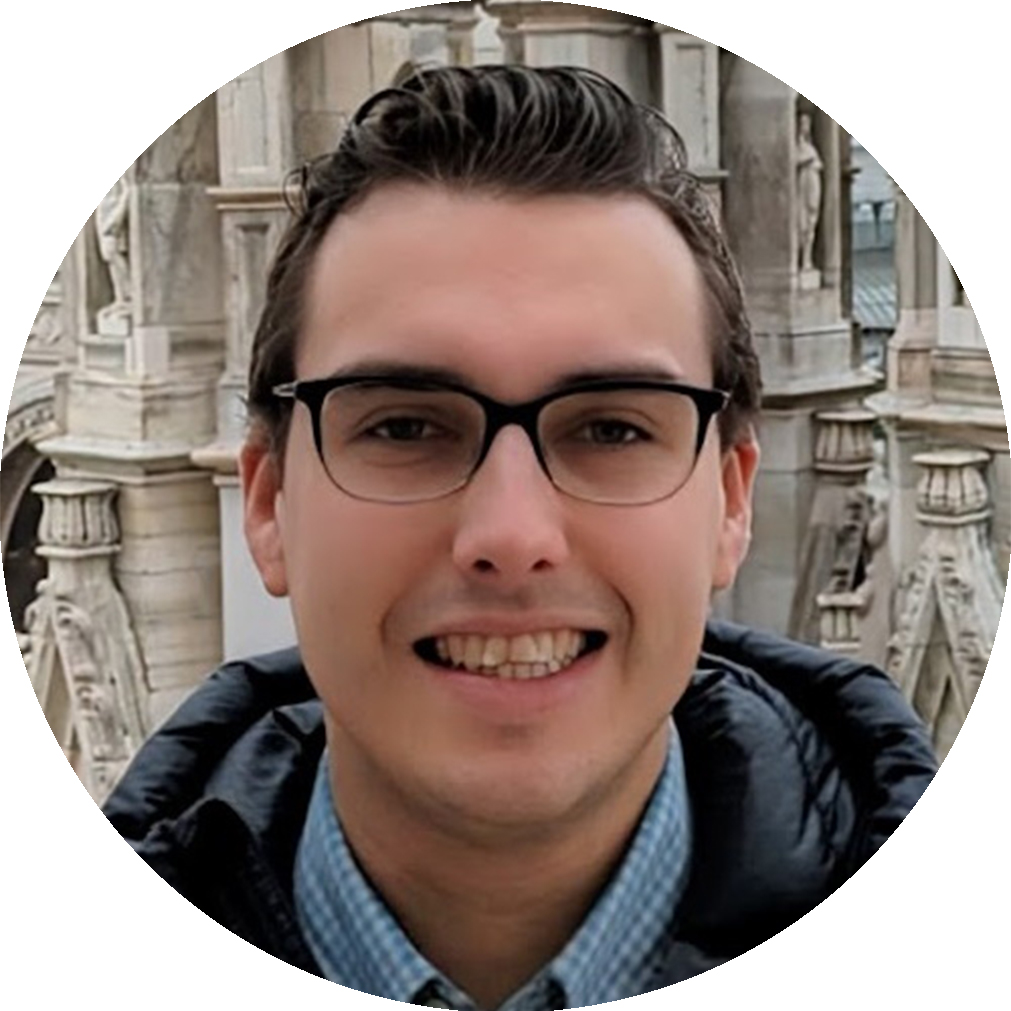


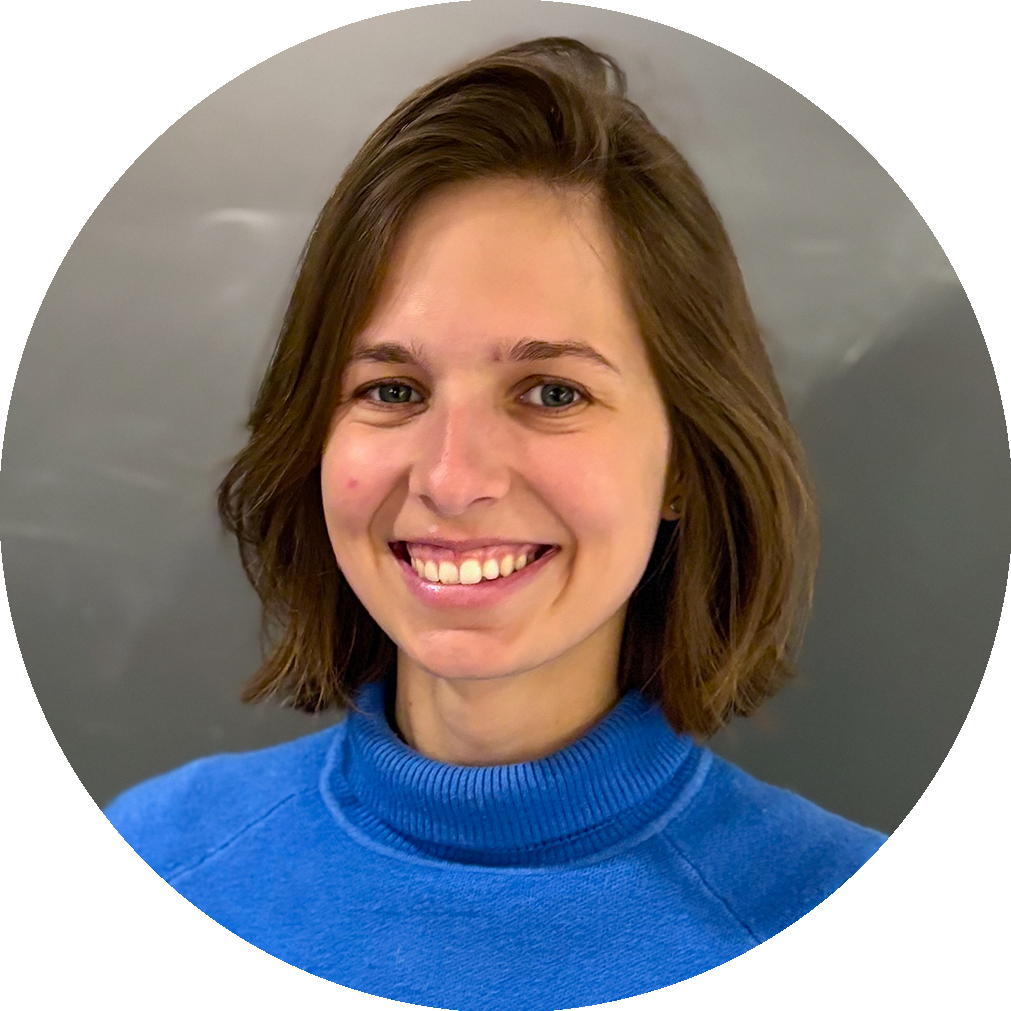


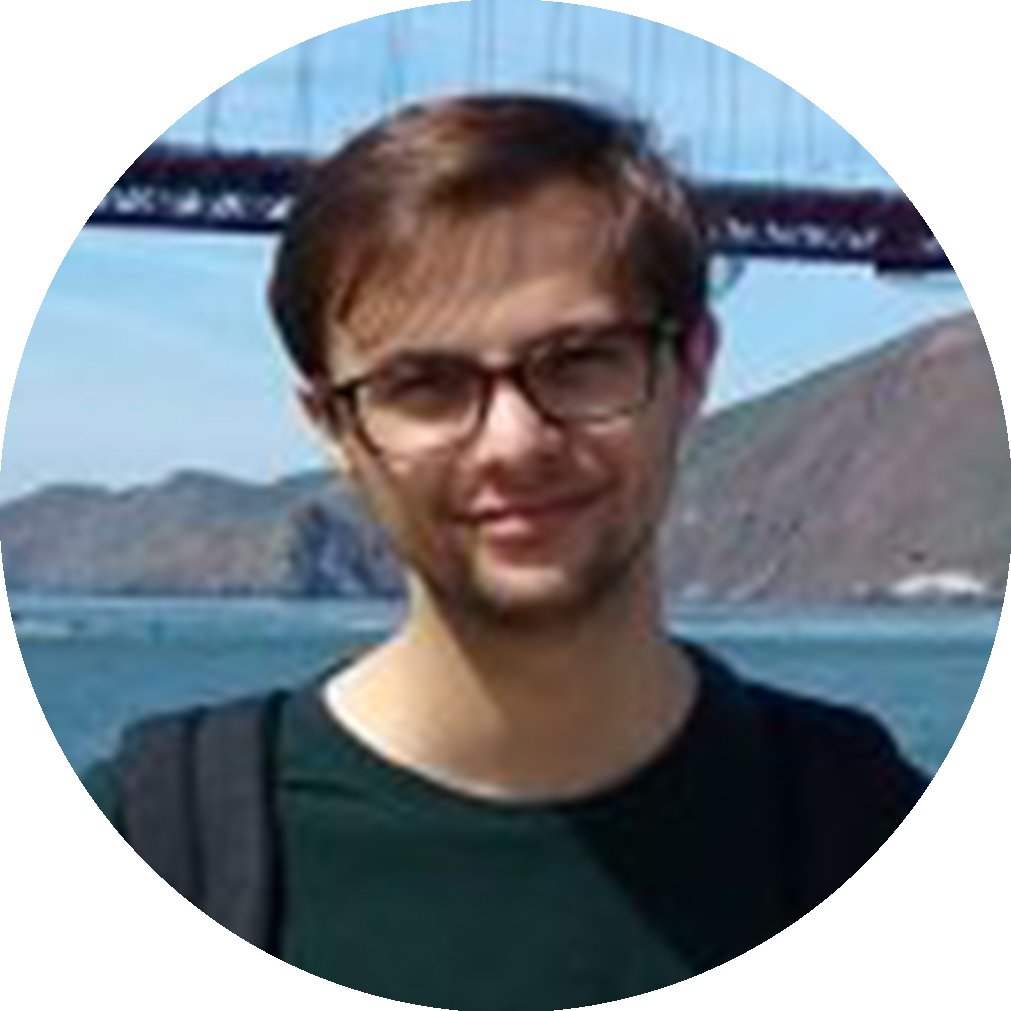
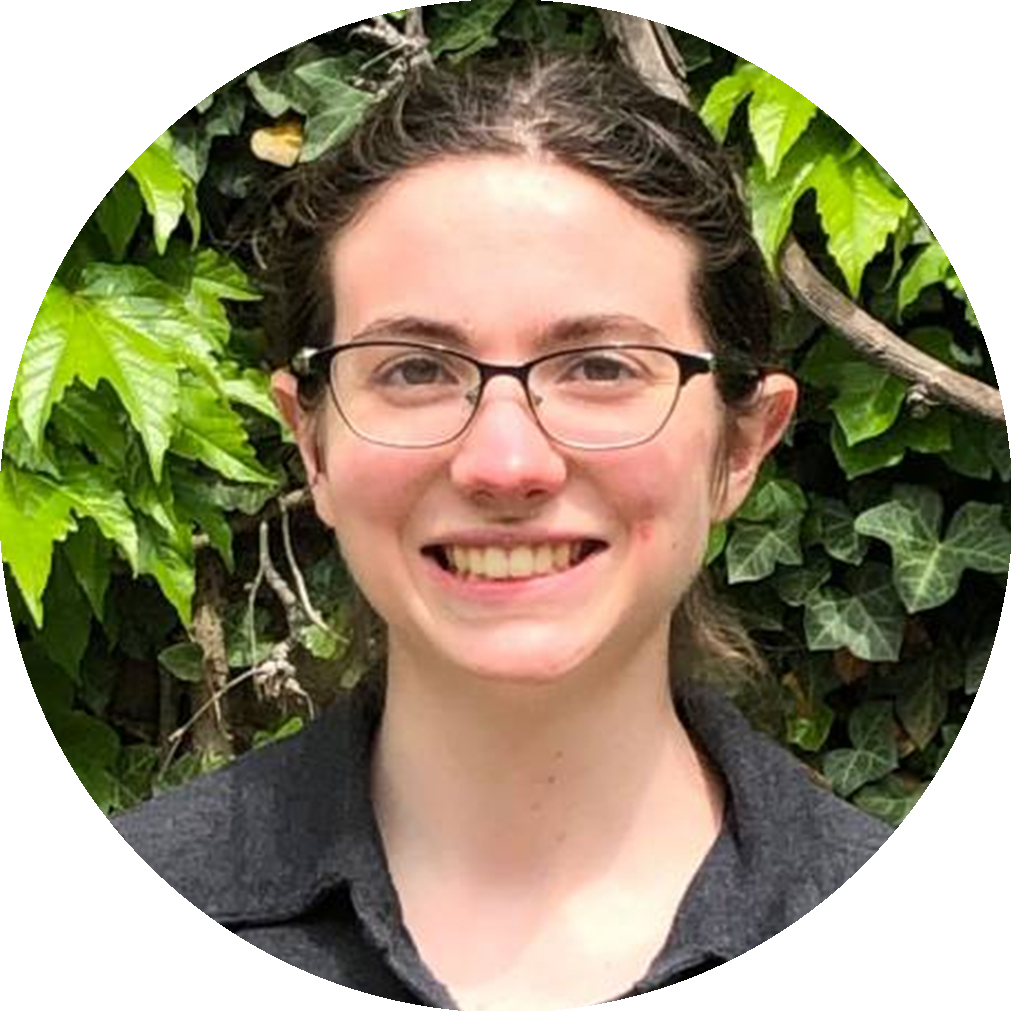

.jpg)